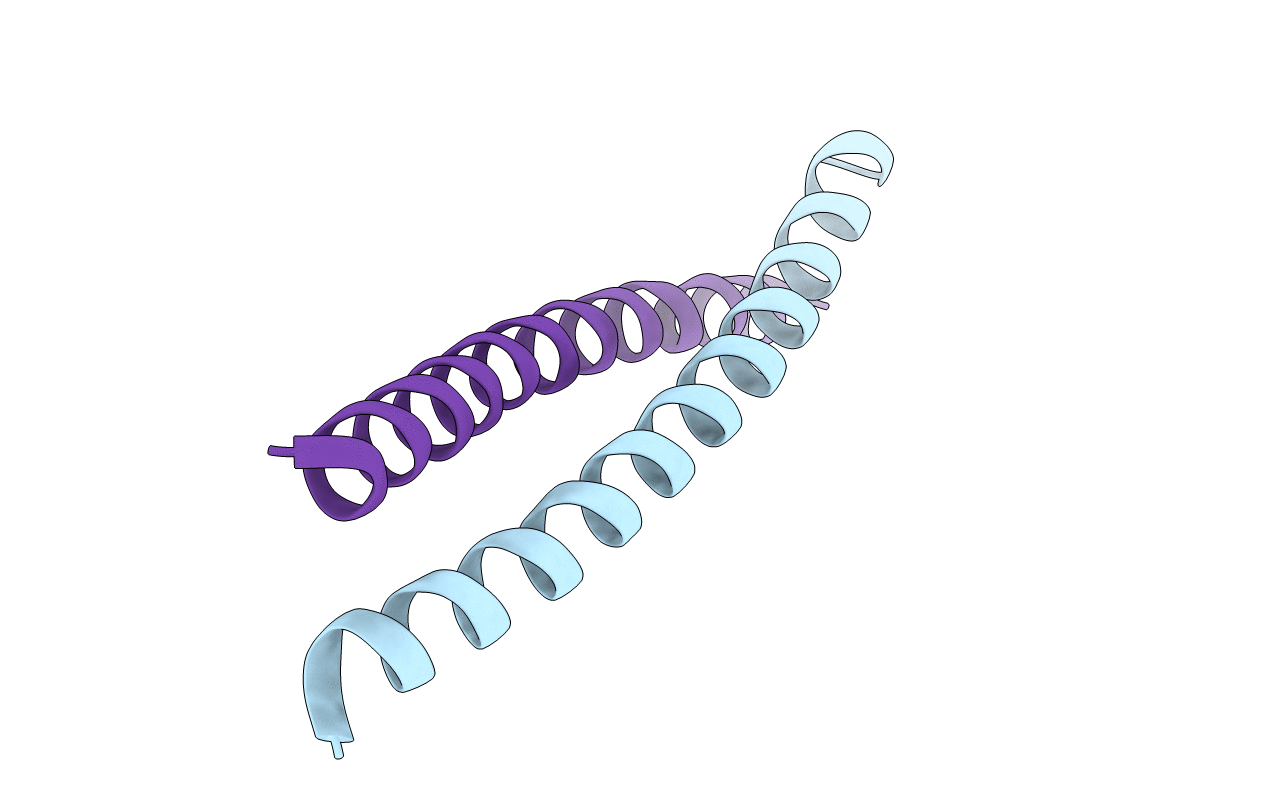
Deposition Date
2007-02-01
Release Date
2007-03-20
Last Version Date
2023-12-27
Entry Detail
PDB ID:
2OQQ
Keywords:
Title:
Crystal structure of HY5 leucine zipper homodimer from Arabidopsis thaliana
Biological Source:
Source Organism:
Arabidopsis thaliana (Taxon ID: 3702)
Host Organism:
Method Details:
Experimental Method:
Resolution:
2.00 Å
R-Value Free:
0.29
R-Value Work:
0.24
Space Group:
C 1 2 1


